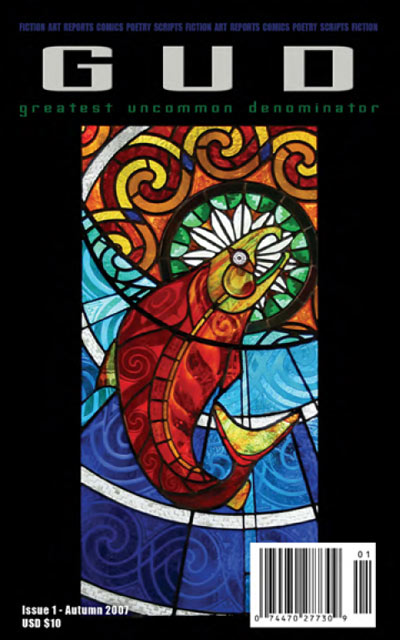Natural History
by Gini Hamilton
1.
Dead birds had a way of suddenly appearing in Sarah's path. After Parker had died, after she'd loaded most of his art into a truck bound for storage, a crow dropped out of the pear tree in her backyard. Just dropped, like something on Laugh-In, like when the little guy is riding his tricycle and bam! falls over.
Then, years later, after she had started painting again, Sarah found a yellow-breasted warbler lying on her front porch. Still warm, but lifeless. Bright yellow, but not for long. By the time she had photographed it, scanned it, drawn it, the blue and yellow feathers were becoming a single shade of light brown. She drew feathers, following the contours of muscle, and imagined its delicate skeleton. She drew feet as poetic as any dancer's. After her cataloguing, Sarah buried the songbird in her front garden, about a foot down; put a stone on the fresh dirt hoping to ward off scavengers.
They were like bookends, those birds. Margins. Boundaries. That crow was a heavy curtain that separated her from the life of thought and expression she had shared with Parker. But the little warbler's quiet arrival made a delicate opening, just enough for Sarah to see light, to feel a breeze soft as her son's sleeping breath. At night, it sang from its garden grave the softest reminder of...something Sarah couldn't quite make out yet. Something about life after death, after sorrow, after loss.
...
Purchase the issue to read more of this piece and others
Or buy the rest of just this piece for $0.50!
"Natural History" is roughly 4600 words.
Gini Hamilton writes both fiction and nonfiction and has published articles and essays in regional newspapers and magazines. She has recently returned to her birthplace near the Gulf Coast of Alabama after more than thirty years in New York, where she worked as a fashion editor/photo stylist. The short story in this issue is her first fiction publication.

 While I found the cover off-putting for a handful of reasons, once inside I was caught in the flow of the narrative. Roberts realizes her players well, showing multiple sides to mythic characters, and the details she puts into this historical re-imagining of "The Epic of Gilgamesh" really bring the story to life.
While I found the cover off-putting for a handful of reasons, once inside I was caught in the flow of the narrative. Roberts realizes her players well, showing multiple sides to mythic characters, and the details she puts into this historical re-imagining of "The Epic of Gilgamesh" really bring the story to life.
